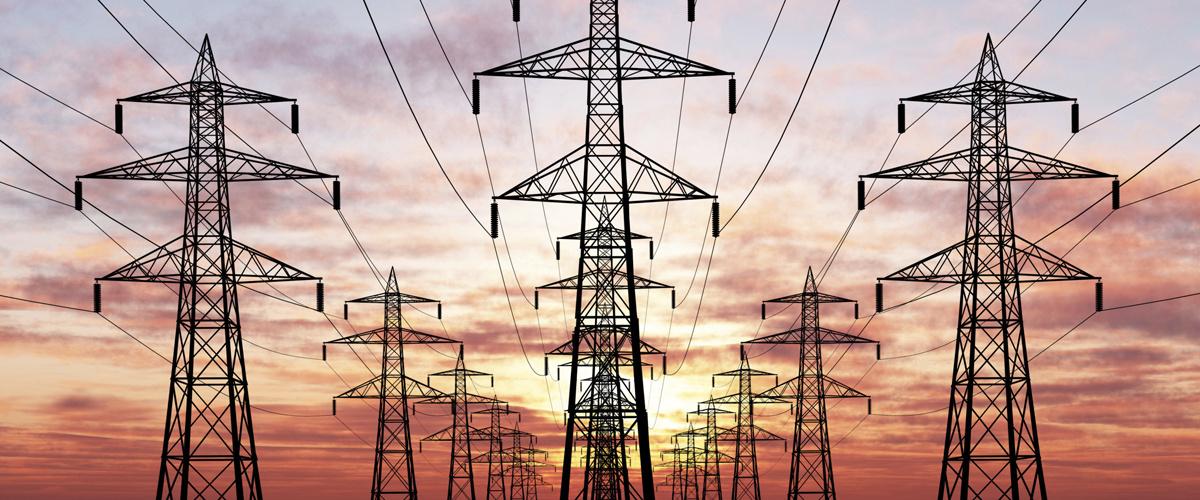Embarking on the journey of Bitcoin mining can feel like venturing into a digital gold rush, where fortunes are forged not with pickaxes, but with sophisticated machines humming in data centers. In Germany, a hub of technological innovation and regulatory clarity, buying Bitcoin miners offers a strategic pathway to financial independence. This guide delves into the intricacies of acquiring these powerful devices, ensuring you maximize your return on investment (ROI) while navigating the evolving landscape of cryptocurrencies. From the bustling exchanges to the quiet hum of mining rigs, we’ll explore how to turn your investment into a profitable venture.
As the backbone of the Bitcoin network, mining machines, or ASICs, play a pivotal role in validating transactions and securing the blockchain. In Germany, where energy efficiency and environmental standards are paramount, selecting the right miner means balancing hash power with operational costs. Consider models like the Antminer S19 or Whatsminer M30S, which dominate the market for their energy-to-hash ratio. But don’t stop at Bitcoin; savvy investors often diversify into other cryptocurrencies such as Ethereum or Dogecoin, using versatile rigs that adapt to different algorithms. This diversification not only spreads risk but also amplifies potential returns, making your mining setup a multifaceted asset in the crypto ecosystem.
Understanding ROI begins with grasping the fundamentals of mining. ROI, simply put, is the profit generated after subtracting costs from earnings. In Germany, factors like electricity rates—often lower than in other European countries—can significantly boost your margins. Picture this: a single Bitcoin miner churning out blocks, each reward inching you closer to breaking even. Yet, the volatility of Bitcoin’s price adds an element of thrill and uncertainty. To maximize returns, factor in hosting options, where companies specialize in providing secure, cooled facilities for your machines. This service not only reduces your overhead but also leverages professional expertise, turning what could be a hobby into a streamlined business operation.

Delving deeper, let’s talk about the broader crypto world. While Bitcoin remains the flagship, currencies like Ethereum (ETH) and Dogecoin (DOGE) offer alternative mining opportunities. Ethereum’s shift to proof-of-stake might reduce traditional mining’s appeal, but hybrid setups still thrive. In Germany, mining farms—vast arrays of rigs operating in unison—exemplify efficiency at scale. These farms, often powered by renewable energy sources, minimize environmental impact while maximizing output. If you’re new to this, start with a single miner to test the waters, gradually scaling up as you refine your strategy. Remember, the key to success lies in staying informed about market trends and exchange rates, which can fluctuate wildly and influence your ROI.
Now, when it comes to purchasing miners, Germany’s market stands out for its reliability and consumer protections. Platforms like Amazon or specialized retailers offer a range of options, but always verify authenticity to avoid scams. A top-tier mining rig, equipped with high-performance chips, can cost anywhere from €500 to several thousand euros, depending on its capabilities. Hosting these machines is where things get interesting; services in Germany provide not just space, but also maintenance and uptime guarantees. Imagine your miners running 24/7 in a state-of-the-art facility, free from the worries of home-based operations like noise and heat. This setup not only enhances longevity but also optimizes energy use, directly impacting your bottom line.
Burstiness in mining profits often mirrors the unpredictable nature of cryptocurrencies themselves. One day, a surge in Bitcoin’s value could double your ROI overnight; the next, a market dip might tighten the screws. To counter this, employ tools like mining calculators from sites such as CryptoCompare, which factor in variables like hash rate, power consumption, and current block rewards. For Ethereum enthusiasts, the allure of smart contracts adds another layer, potentially integrating your mining efforts with decentralized finance (DeFi) applications. Meanwhile, Dogecoin’s community-driven ethos might appeal to those seeking a more lighthearted entry into crypto mining. By blending these elements, your investment portfolio becomes a dynamic tapestry of opportunities.
In the realm of mining farms, Germany’s landscape is dotted with facilities that rival those in China or the US. These expansive operations house thousands of miners, creating a symphony of computational power. If you’re considering going big, partnering with a hosting provider can grant access to such farms, where economies of scale reduce costs per unit. Yet, for the individual investor, starting with a personal mining rig offers hands-on learning and immediate gratification. Whichever path you choose, always prioritize security—protect your investments from hacks and ensure compliance with Germany’s stringent data protection laws.

To wrap up, the ultimate guide to buying Bitcoin miners in Germany is about more than just hardware; it’s a blueprint for financial empowerment. By carefully selecting your equipment, leveraging hosting services, and staying attuned to the rhythms of the crypto market, you can achieve remarkable ROI. Whether you’re drawn to the stability of Bitcoin, the innovation of Ethereum, or the fun of Dogecoin, remember that success in mining demands patience, strategy, and a dash of audacity. So, gear up, plug in, and let the blocks begin to stack in your favor—your digital fortune awaits.
This comprehensive guide expertly navigates the complexities of purchasing Bitcoin miners in Germany. It offers invaluable insights on optimizing returns, exploring varying miner types, and understanding market trends. Additionally, the analysis of energy costs and regulatory considerations enriches the reader’s decision-making process, ensuring a well-rounded investment.